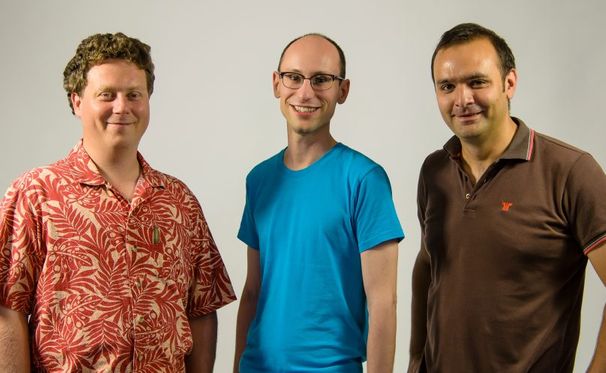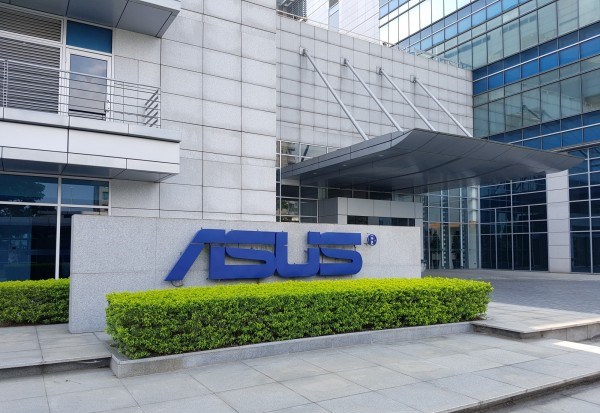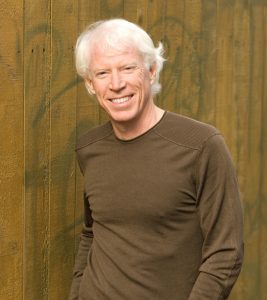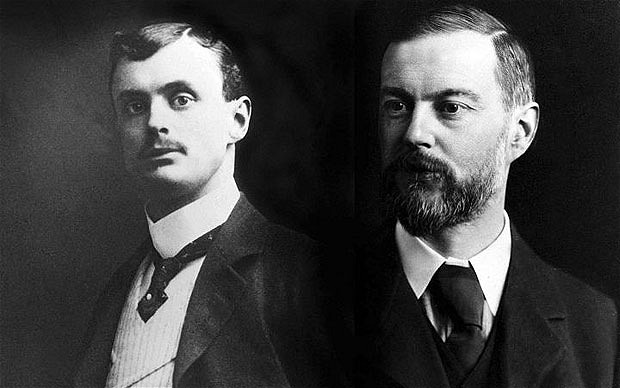Prezi : Communication Made Effective
Expressions are the prime contributors to effective communication. And, in professional life, presentations are the ones that help in expressing even the most complex terms in the most sorted manner. Presentations are considered as one of the best ways to communicate efficiently. Over the years, presentations have been recognised as the mainstream source for telling analytics, strategies and stories, because visual representation is always much better and interesting. One such tool which converts stories into visual presentations is Prezi.
Founding Prezi
The story of Prezi falls back to 2007. In 2007, a Hungarian architect student, Adam Somlai-Fischer, who had a craving for innovation, was working over the design of a building. He, being creative, was not satisfied with the service that PowerPoint or Keynote would provide in terms of building a presentation. He wanted his viewers to look at the building in every possible angle and details of the buildings. So, he built a zooming presentation prototype that helped him achieve the vision he wanted to. Peter Halacsy, an engineer, saw one of these presentations and looked forward to improving the software. Soon enough, they were joined with Peter Arvai, who was an entrepreneur, in the journey of Prezi.

The company was incorporated on May 20, 2009, with Peter Arvai, appointed as its CEO. The launch of the company took place at The Next Web Conference at Amsterdam, in April 2009. Prezi means ‘presentation’ in Hungarian. The very first office of Prezi in the US was launched in November 2009, after it received its first major investment from TED. Prezi is an out of the box software, which turns the boring presentation into interesting slides. As the website mentions, “Unlike slides, which literally box you in, Prezi gives you a limitless zoomable canvas, and the ability to show relationships between the big picture and fine details. The added depth and context make your message more likely to resonate, motivate, and get remembered, whether it’s your bread-and-butter sales pitch, a classroom lecture, or a TED Talk to the world’s foremost thinkers.
Peter Arvai once said, “Prezi helps you organize your thoughts and deliver them in a clearer way that really makes an impact on your audience and helps them reach that ‘ah-hah’ moment faster.”
Prezi has been growing ever since its foundation because of its reinvention of how one sees a presentation. It came to the mobile devices in 2011, when the company launched an iOS app for the iPads. The app gained $14 million in Series B venture capital funding. It also was indulged with Barack Obama’s ConnectED, promising over a $100M free licenses to Title1 schools.
Prezi has launched a number of services. It released an iPhone app in 2012, followed by the unveiling of ‘Nutshell’, a feature which helps in creating a mini-movie from one’s photos, and then an Android app in 2015. The company rolled out Prezi business in 2016.
Arvai admits that it was difficult to get funding from investors. He told that even though investors were impressed by the prospect of the software, they believed that it had no potential in the market. He also expressed that the company supports a healthy corporate environment. It allows employees to switch offices for a six-week period from San Francisco to Budapest and vice-versa. Prezi believes in the policy of inviting failure as a guest and learn from it.
Arvai is in the board of directors for WeAreOpen (Over 1000 companies coming together who aim to establish workspaces of openness) and Bridge Budapest (A group of entrepreneurs coming together to contribute to the future of Hungary). He remained a founder board member of Sanocore till February 2014. He was also the Vice President of Product Management at Mobispine. Peter approached companies via TED conference giving the common vision of promoting the open exchange of ideas. Also, in 2015, it came out that he was considered as a role model by Forbes for young people considering to be entrepreneurs.
The story of Prezi shows that creativity always makes way for innovation and freshness in the atmosphere of staleness. It has over 100 million users and has created over 350 million Prezis. It gives us a clear message that empty canvas and an artist can change the way one looks at the world with his/her astonishing ideas.

Raghav is a student and a content writer. He loves to write about emerging as well as the existing technologies around and about the ones who bring them to you. Music is the other passion that Raghav processes. It is like the fuel to his body. He is also in writing songs and poems. He believes that life is short, so live the best out of what you have got. Raghav considers himself a sci-fi guy, having stories and tech all around in his head, all the time.








